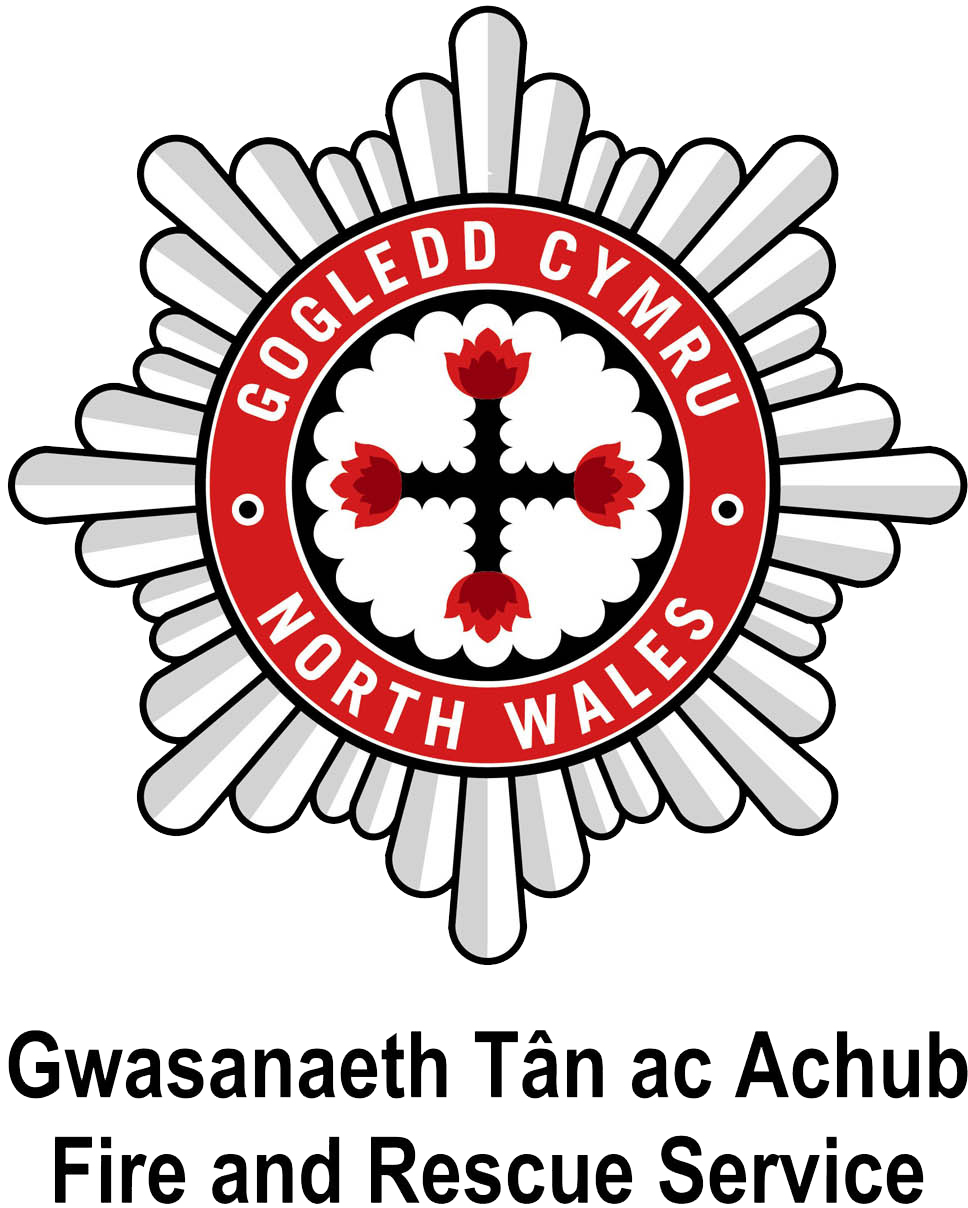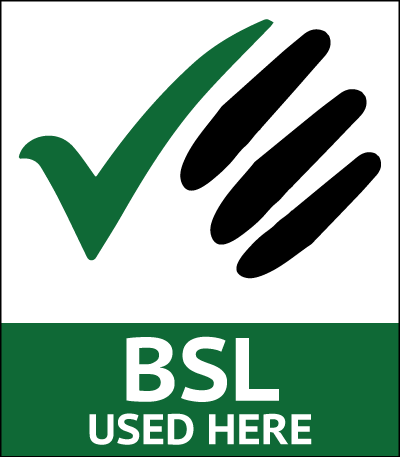Chimney fires
Chimney fires
Here are some top tips for safer chimneys:
- Keep chimneys and flues clean and well maintained
- Make sure embers are properly put out before you go to bed
- Always use a fire guard to protect against flying sparks from hot embers
To keep yourself and your family safe from fire you should take care to have your chimney swept regularly, depending upon what fuel you burn, before the colder winter months set in and you begin to use your fire and chimneys again.
If the worst should happen, a smoke alarm can give you the extra time you need to escape in a house fire - make sure you test yours regularly.
How often should you clean your chimney?
- Oil - Once a year
- Gas - Once a year
- Bituminous coal - Twice a year
- Wood - Up to four times a year
- Smokeless coals - At least once a year
The most common causes of chimney fires are:
- Improper appliance sizing
- Burning unseasoned wet wood
- Infrequent sweeping and cleaning
- Overnight burning or smouldering wood for long periods in wood stoves
Tips to reduce the risk of chimney fire
Chimneys must be swept on a regular basis this can be as much as three times in the burning season (winter) but at least once per season regardless of fuel type.
All wood burned must have a moisture content of no more than 17 percent.
It is important to purchase the correct size appliance for your room, an appliance which is too large will never be used hot enough to volatize all of the fuel within the wood and unburned fuel will pass up the chimney as smoke and condense within the flue as extremely flammable creosote.
To minimize creosote production in a wood stove these steps can be followed:
Once the fuel load has been ignited and the flue has been heated to its operating temperature, the stoves air supply should be adjusted to limit the amount of air to avoid over firing and excessive heat loss up the chimney. They should, however, be open enough to maintain moderate flaming combustion in the fire box. (The flames should fill the entire window or fire box without being sucked up the chimney).
To determine if this is maintained the condition of the fire should be checked through any glass panels and the density of the smoke as it exits the flue at the top should also be checked.
An internal probe type thermometer located within the flue can be used to ascertain if flue temperatures are of a sufficient temperature or if they are excessive, magnetic flue temperature thermometers can also be utilised to this end.
It is important when using a multi fuel stove that you control the burning of the appliance by the air inlets provided for this purpose not using any dampers which could obstruct the safe passage of exhaust from being able to exit the appliance.
Remember a blocked flue can kill and the exclusion of air will put out a fire.
All chimneys and flue-ways should be cleaned and checked during the summer months to ensure they are free from debris and in full working order before the heating season. A blocked or defective chimney can cause both chimney fires and carbon monoxide poisonings so it's very important to employ a professional qualified Chimney Sweep such as those certified by NACS.

